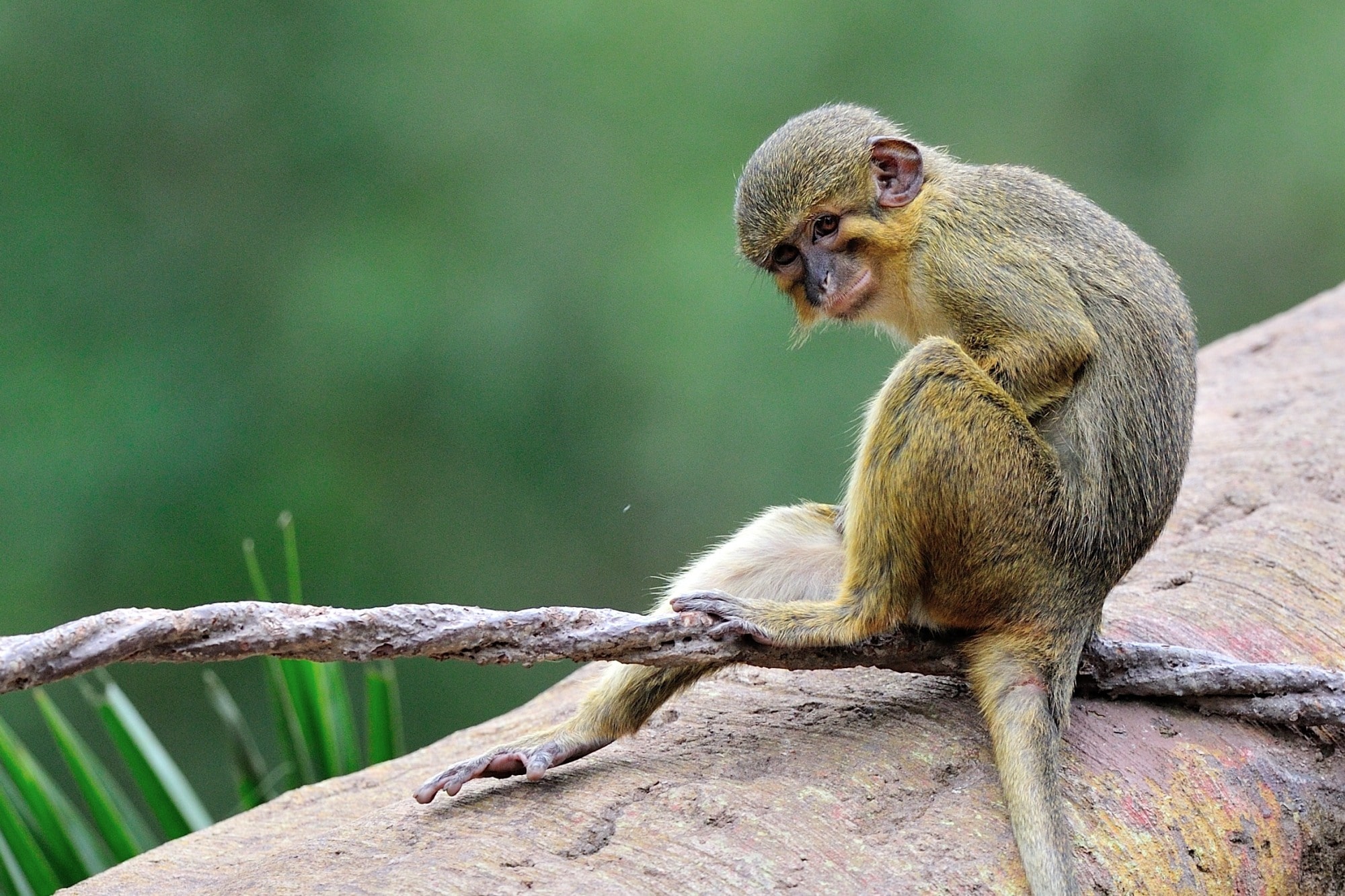
Grivet
There are people who suggest that the whole vervet family is essesntially one widely varied species, though most disagree with this stance. It is currently listed as least concern, and while hybridisation between this and the Bale vervet threatens the future survival of the Bale vervet, the grivet is too common for this to have a big impact at the time.
[smart_post_show id=”13829″]




















